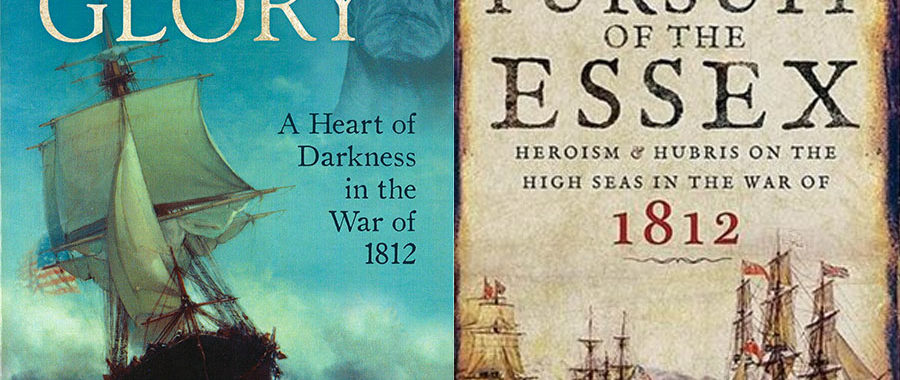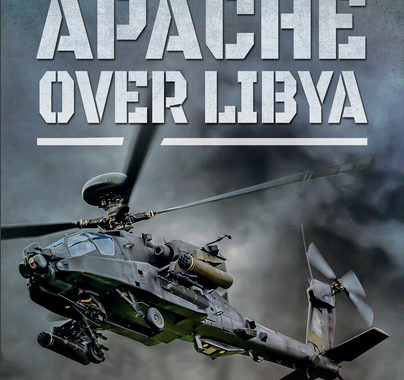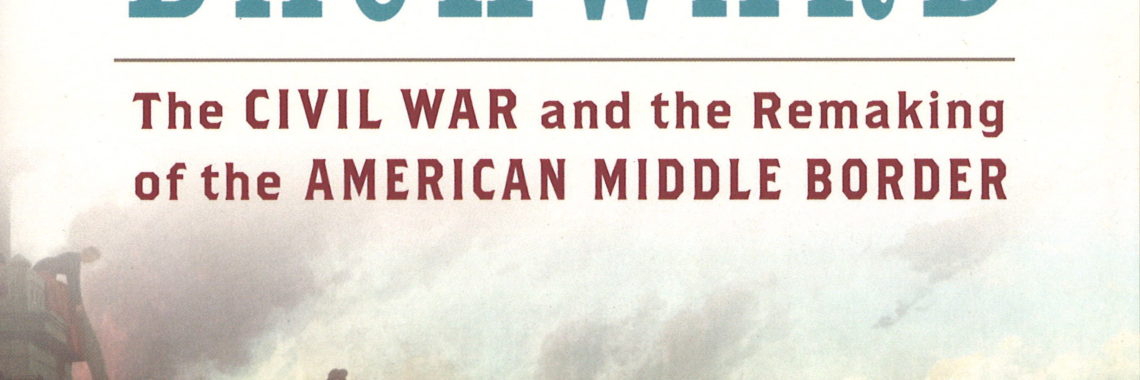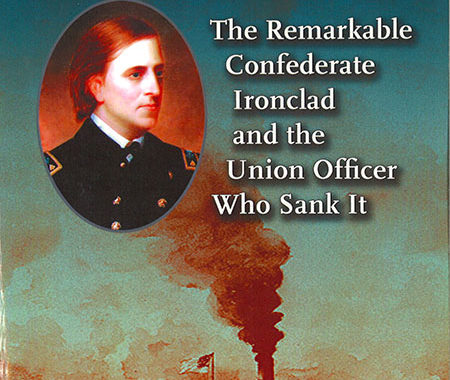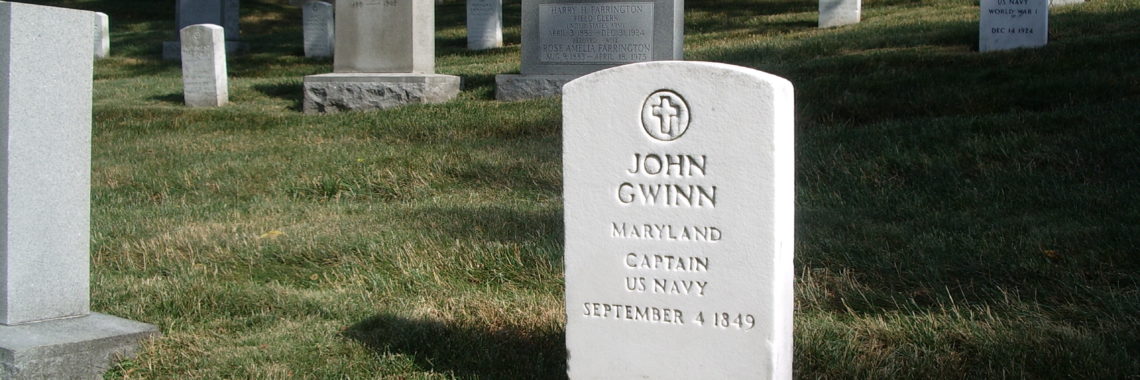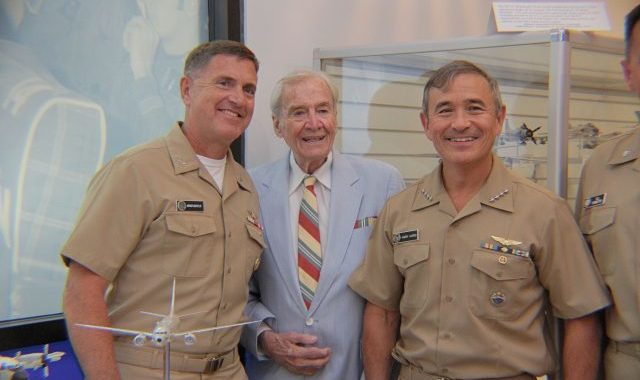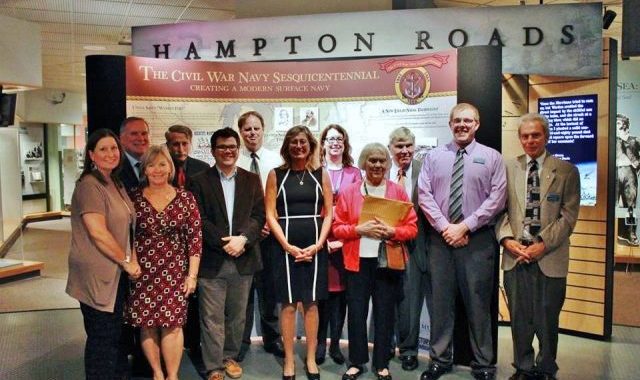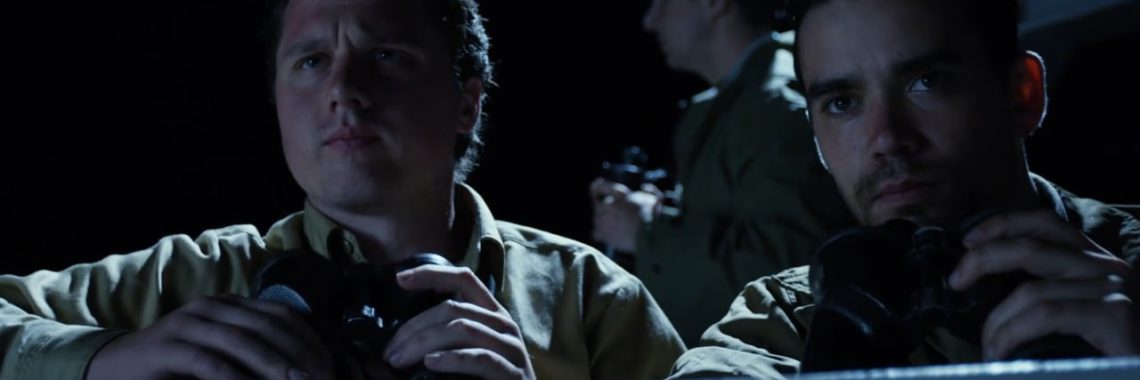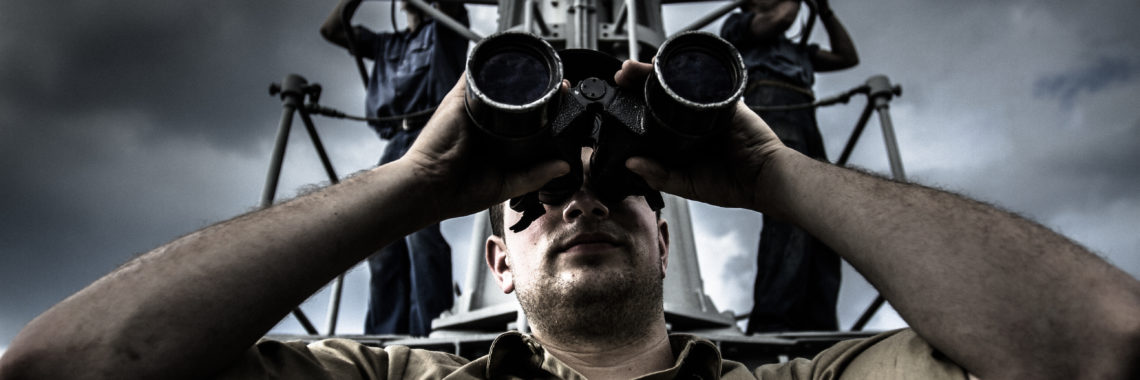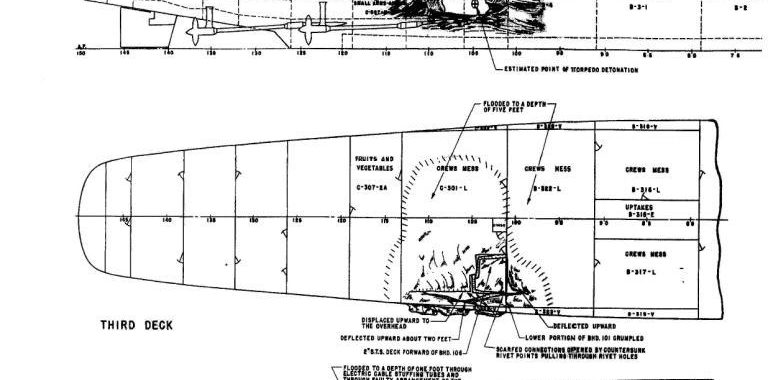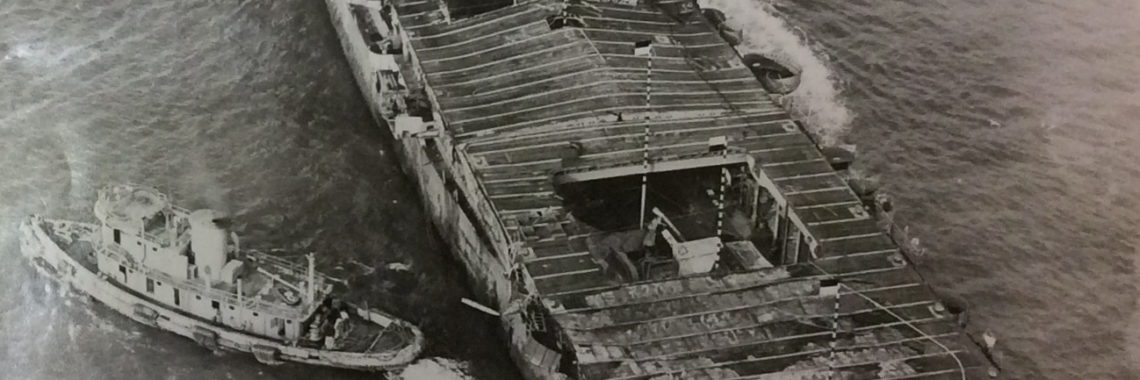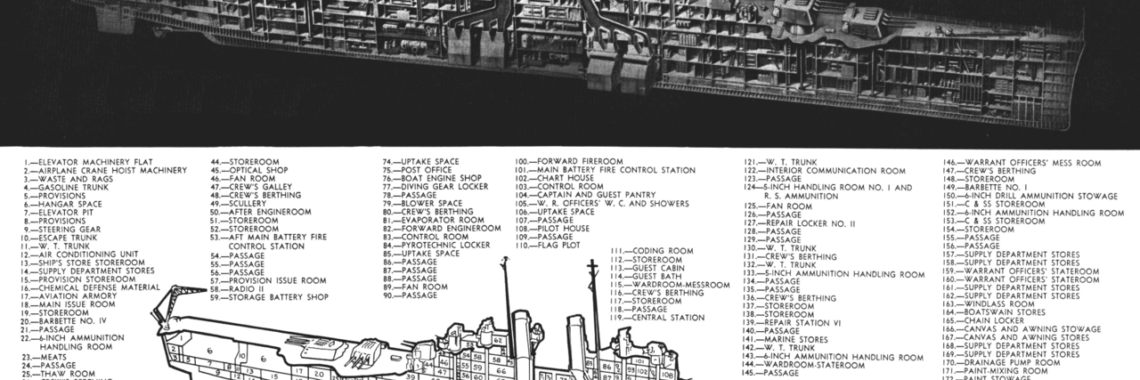BOOK REVIEW – In Pursuit of the Essex; Mad For Glory
Reviewed by John Grady David Porter remains one of the most fascinating personalities in the early American Navy. His quickly written, often self-serving but surprisingly candid Journal about his wartime activities in the Pacific set a standard for naval writing that remains informative and clear. It was also highly popular at the time, fanned by

